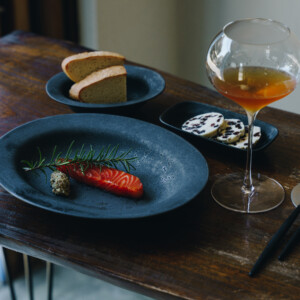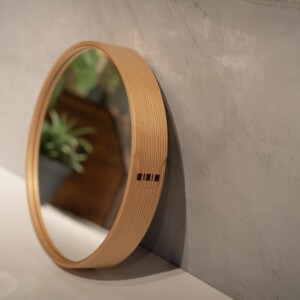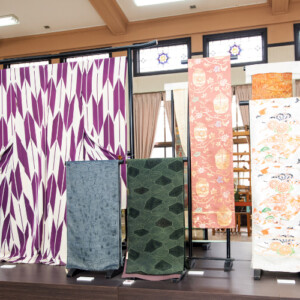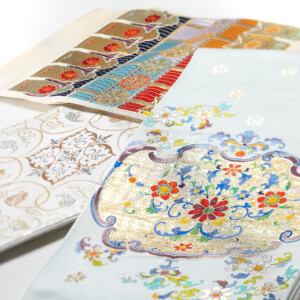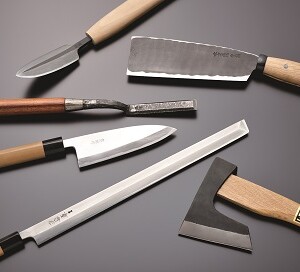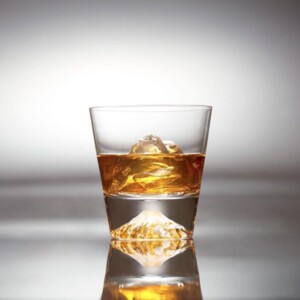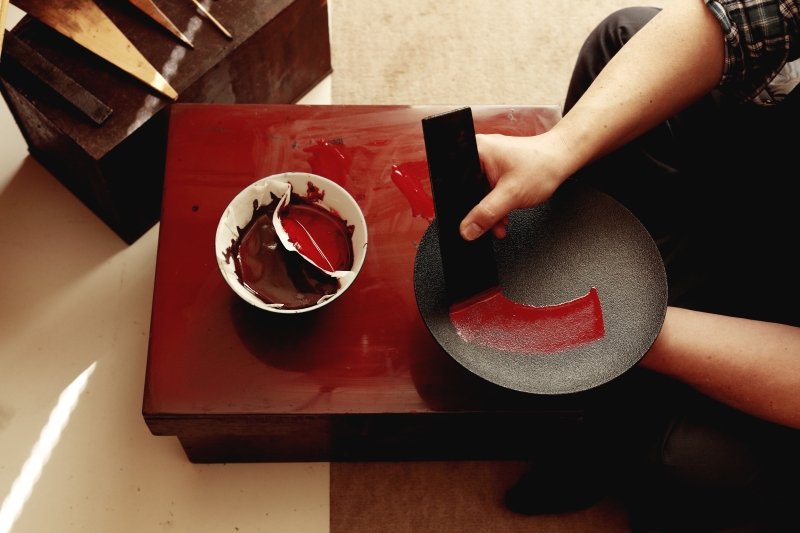
Suruga Lacquerware: Historical and Modern. Introducing the various charms and characteristics!
Have you ever heard of Suruga lacquerware?
Suruga” refers to the area east of the Abe River, excluding Izu, which is currently around Shizuoka City, Shizuoka Prefecture, and refers to lacquerware made in this area.
The most characteristic and attractive feature of Suruga lacquerware is its “variegated lacquer.
The technique was developed to meet a variety of needs, and the designs are more modern and suited to modern usage.
This article explains the history, characteristics, and appeal of Suruga lacquerware.
It also introduces the current status of lacquer production and local production for local consumption of lacquer, which we hope you will find useful.
What is Suruga Lacquerware?
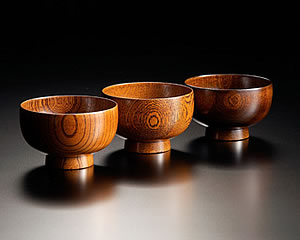
Suruga lacquerware is a traditional type of lacquerware made in central Shizuoka Prefecture, as the name “Suruga” implies.
It has been made since the time of the warlord Imagawa, and developed during the Edo period.
Suruga lacquerware is characterized by its “variegated lacquering,” which has always continued to create new lacquering techniques, resulting in unique designs.
It is designated as a local craft of Shizuoka Prefecture.
Explore the history of Suruga lacquerware
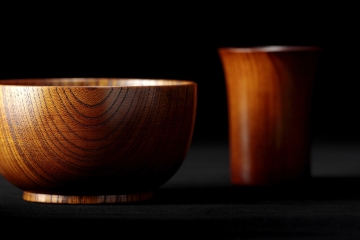
Suruga lacquerware took root in the Edo period (1603-1868), but we will also introduce the history of Suruga lacquerware including its earlier history.
History Dates Back to the Yayoi Period
In Shizuoka City, where Suruga lacquerware is produced, there is a Yayoi period site called the Toro Ruins, where a lacquer-painted zither has been excavated.
The zither was made of cedar and coated with two coats of black and vermilion lacquer on the entire surface, suggesting that it was used in rituals.
The history of lacquerware production in Suruga is long, and a document from the Muromachi and Sengoku periods, when the Imagawa clan was active, states that “Nakagawa carpenters made Nakagawa bowls in the Gokiya-cho area (around present-day Nishikusabuka-cho, Aoi-ku).
The development of Suruga lacquerware began at Shizuoka Sengen Shrine
Suruga lacquerware developed from the construction of Shizuoka Sengen Shrine, where skilled lacquer craftsmen were gathered from all over the country to create a worship hall entirely lacquered in lacquer.
Because the climate of Suruga was suitable for lacquering, the lacquer craftsmen settled in the area after the completion of the Sengen Shrine worship hall and taught the local people the techniques of lacquer work.
At that time, they made daily necessities by lacquering bamboo baskets, but under the commercial policy of the Edo shogunate, their skills improved and their products spread throughout the country as souvenirs for the feudal lords on their visits to the shrines.
Changes in Suruga Lacquerware
After the opening of Japan to the outside world, Suruga lacquerware was exhibited at the second Paris Expo in 1867 and the Vienna Expo in 1873, riding the wave of the Japanese boom and spreading to European countries.
In the late Meiji period, Suruga lacquerware accounted for the majority of exported lacquerware, but it declined temporarily due to the loss of reputation caused by mass production of poor quality products, as well as war and other factors.
However, some craftsmen banded together and developed a technique called “kanen-nuri,” or “variegated lacquering,” which was used to produce high quality Suruga lacquerware. The tradition was sustained by continuing to produce high quality Suruga lacquerware.
Today, under the concept of “Elegance and Fashion,” Suruga Lacquerware continues to evolve into surprising lacquerware.
Characteristics of Suruga Lacquer Ware: Unusual Lacquer Lacquer Lacquer
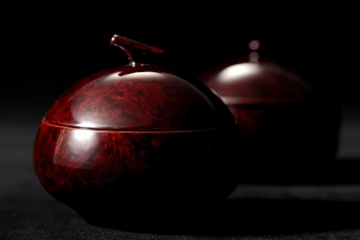
The characteristic of Suruga lacquerware is its “variegated lacquering”.
Perhaps because many craftsmen were highly skilled, various techniques were adopted from general lacquer painting.
The characteristic of Suruga Lacquerware is its “kan-nuri-nuri” technique.
From the Meiji to Taisho periods, tinashiji-nuri (tin-ashiji lacquering) and Kongoishime-nuri (Kongou-ishime lacquering) were developed, followed by Senpaku-nuri (some-foil lacquering), Hagoromo-nuri (hagoromo lacquering), Kousaisai-shitsu-ho (hardening lacquer technique), Ukishima-nuri (Ukishima lacquering), Seirei-nuri (dragonfly lacquering), Kouki-nuri (bright red lacquer technique) and other attractive variants. The development of attractive variegated lacquering techniques such as kogoromo nuri, ukishima nuri
Lacquerware is used not only for lacquerware, but also for furniture, Buddhist ritual utensils, and lacquered geta (wooden clogs).
Suruga Lacquerware’s Various Attractiveness
The technique of variegated lacquering is both a characteristic of Suruga lacquerware and its charm.
Here are some examples of traditional techniques and works arranged in a modern way.
Lacquered powder shell chopsticks
Finely crushed abalone shells are encrusted on a lacquered wood surface, coated with a layer of lacquer, allowed to dry, and then sharpened with a whetstone.
After drying, the chopsticks are sharpened with a whetstone. The shiny abalone shells appear as the chopsticks are sharpened, creating a very beautiful pattern.
Lacquer on glass
Using the Kongo Ishime-nuri technique, which is designated as an intangible cultural asset by Shizuoka Prefecture, lacquer is applied to the glass, which should not be able to be fixed with lacquer.
Using high-quality sand from the Abe River and lacquer as the base, a very hard and durable base layer was created, and then layers of lacquer were applied on top of the base layer to create a beautiful fusion of glass and lacquer.
Suruga Lacquer Ware Stationery
Suruga lacquerware tabletop business card holders and other items decorated with maki-e lacquer are popular among foreigners.
At the Tokyo Olympics and Paralympics, ballpoint pens made of Suruga lacquerware were presented to approximately 1,200 heads of state and other dignitaries as one of the commemorative gifts.
How to purchase Suruga lacquerware
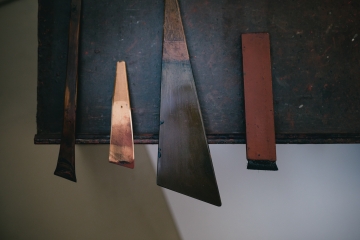
Suruga lacquerware can be purchased at various online stores, including the Suruga Trad Direct Shop, an online store featuring Shizuoka City crafts, and at Sunpu Rakuichi in the ASTY West Wing of JR Shizuoka Station.
How to Handle Suruga Lacquerware
Lacquer may seem difficult to handle, but it is resistant to acid, alkali, salt, and alcohol, and has water resistance, heat insulation, and antiseptic properties.
It can be washed with a sponge and mild detergent, so it can be used in daily life.
However, it cannot be scrubbed with a scrubbing brush or used in a dishwasher.
Local Production for Local Consumption of Lacquer” – the driving force behind Suruga Lacquer Ware
The cultivation of urushi (Japanese sumac) and the production of urushi lacquer in Japan have drastically decreased as people have become less willing to spend money on lacquerware due to the image that it is expensive and cumbersome to handle.
As a result, approximately 97% of lacquer is produced in China.
Shizuoka Prefecture has the second largest number of lacquered buildings of national treasures and important cultural properties in Japan, along with Kyoto. Restoration requires the use of domestically produced lacquer, but the lack of domestic lacquer production supply has led to the cultivation of lacquer in Shizuoka’s mountainous central region.
The Growing Urushi Trees project just started in 2019, but we are working toward local production and local consumption of Shizuoka-grown lacquer.
Conclusion.
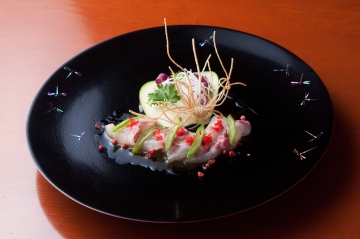
Suruga lacquerware developed greatly during the Edo period (1603-1868) and spread throughout the country as souvenirs for feudal lords on their visits to Japan.
Although there is an image of lacquerware as a luxury item and a belief that it is difficult to care for, people are turning away from lacquerware. However, we are making many designs of lacquerware that match modern life by utilizing the traditional technique of variegated lacquering.
Why not add color to your daily life with Suruga lacquerware, which combines tradition and modernity?
Source
Suruga Lacquerware|Shizuoka Local Crafts Promotion Association
Suruga Lacquerware: Shizuoka City Official Website



